Back to Courses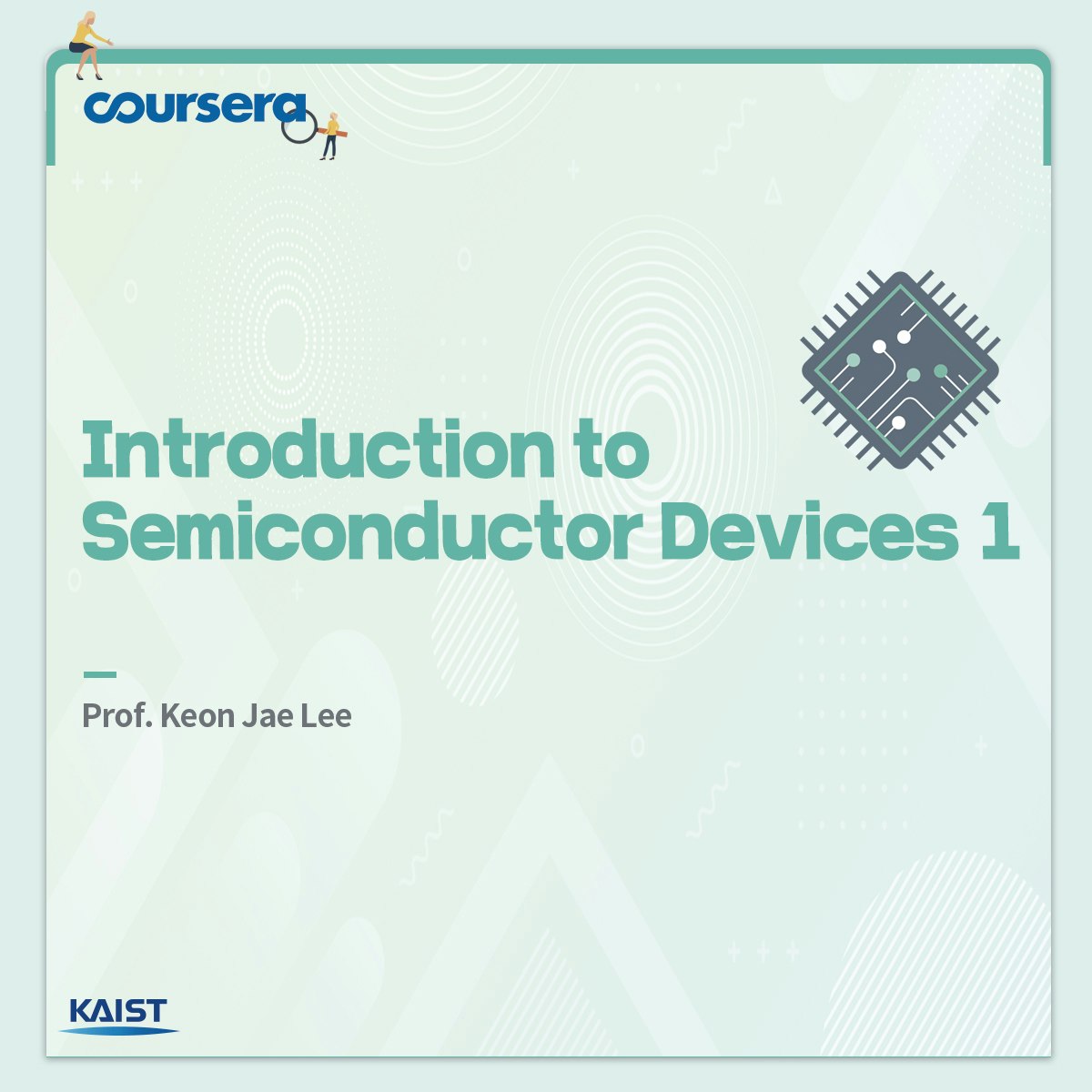


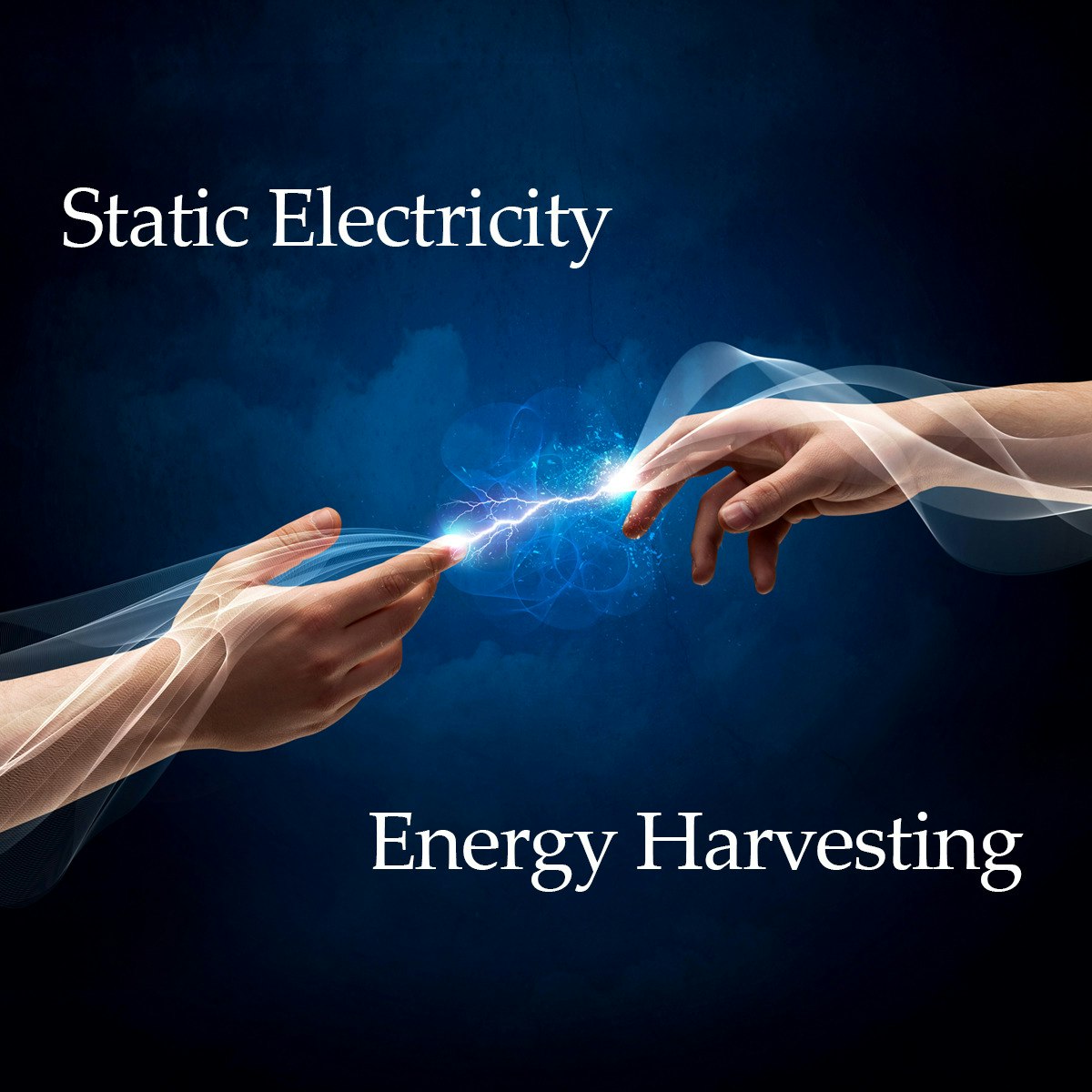
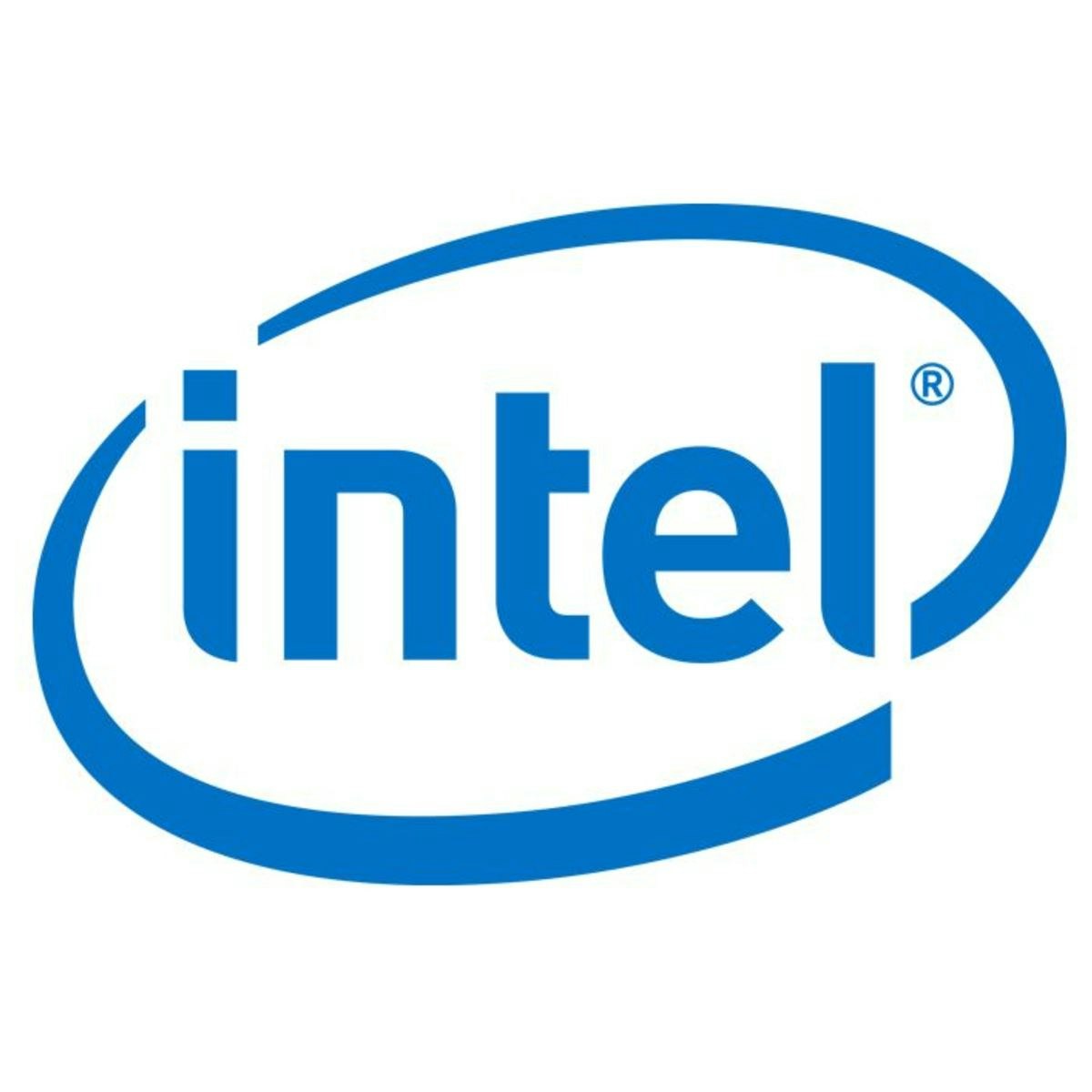

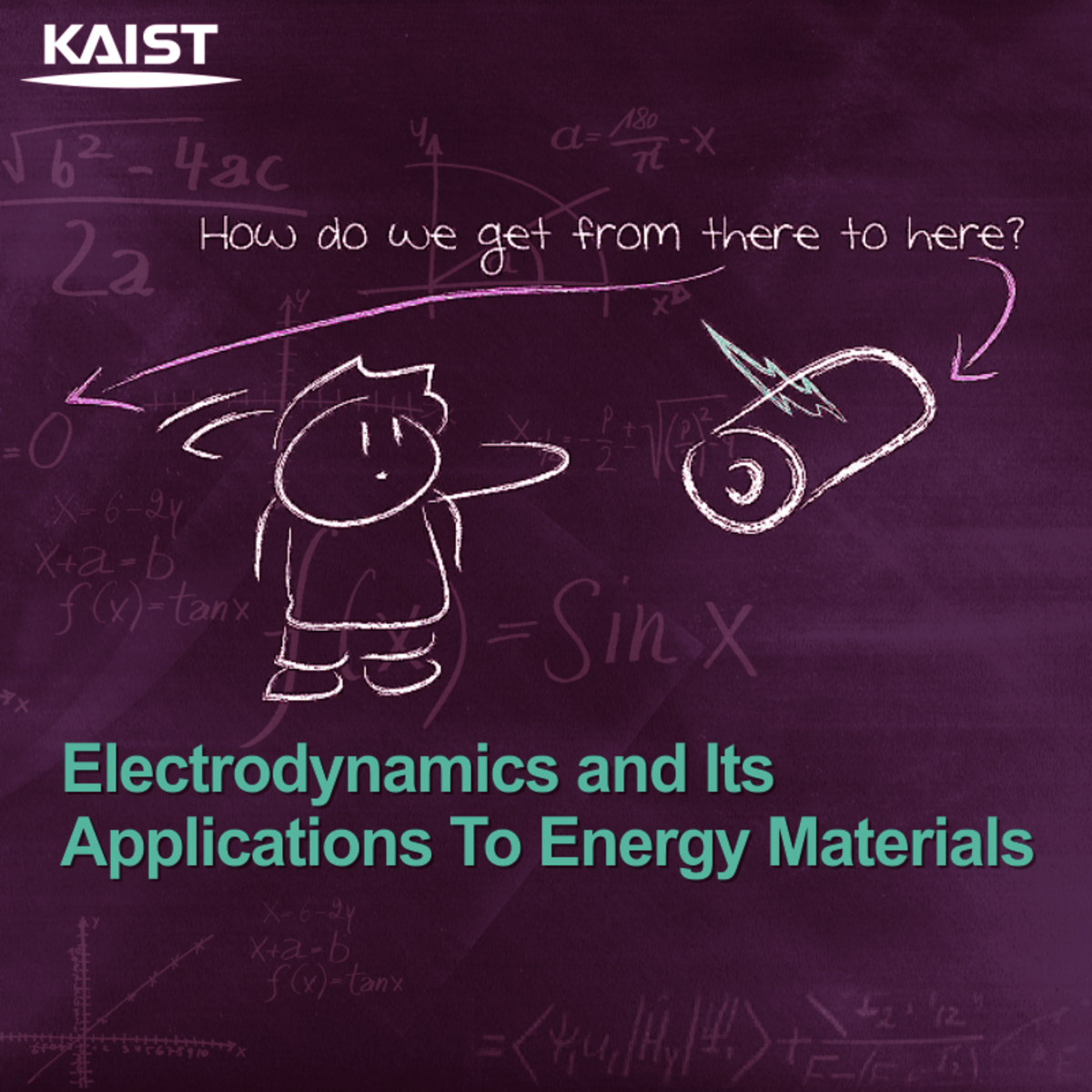
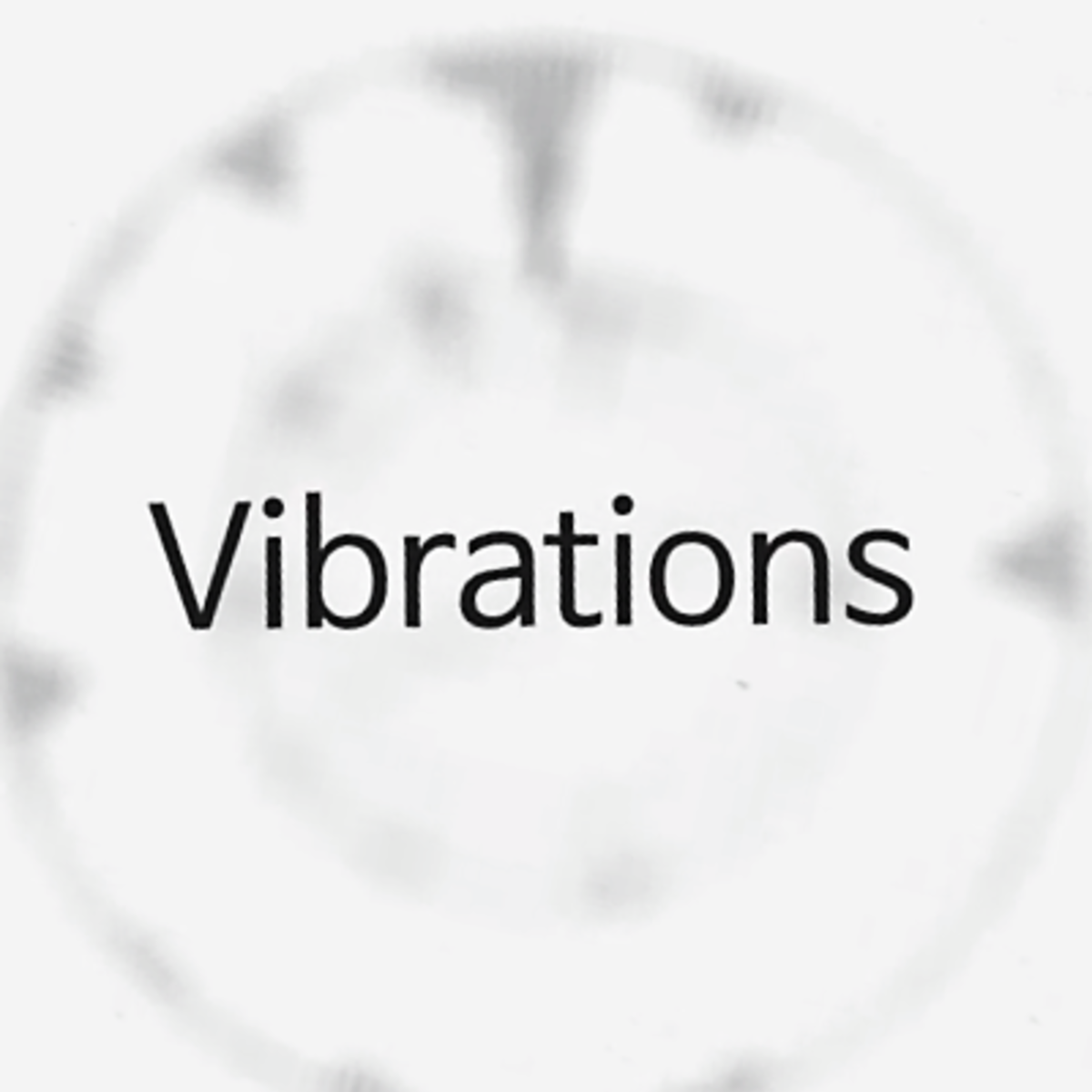


Electrical Engineering Courses - Page 3
Showing results 21-30 of 141
Introduction to Semiconductor Devices 1
This course aims to provide a general understanding of semiconductor devices. This course explores the principles and the operation mechanism of semiconductor, such as charge transfer, p-n junction, junction capacitors, and Metal-Oxide-Semiconductor Field Effect Transistors(MOSFETs).
The lecture notes can be downloaded with registration, that helps students watch the videos. It is recommeded to print them in two pages in one A4 sheet and take notes during lectures for better understanding. Also, there are quiz problems to check your understanding of the lectures each week. To receive course certificate, you must score at least 60% of each week's quiz withing two chances.
Lecture notes, quiz and certificate are offered to registered students only.
week 1 Introduction to Semiconductor Devices
week 2 Crystal properties, Atoms, Electons and Schrodinger Equation
week 3 Carriers in Semiconductors
week 4 Excess Carriers and Drift Carriers in Semiconductors
week 5 p-n Junction under Equilibrium
week 6 Currnet Flow at p-n Junction
week 7 Junction Capacitance, p-n Junction Applications, Breakdown

Solar Energy Basics
This course gives you an introduction to the fundamentals of solar power as it applies to solar panel system installations. You will learn to compare solar energy to other energy resources and explain how solar panels, or photovoltaics (PV for short), convert sunlight to electricity. You will be able to identify the key components needed in a basic photovoltaic (solar panel) system, such as is found on a house or building, and explain the function of each component in the system. You will also learn how to calculate the electrical demand of a building, how to reduce the overall demand, and then how to design a solar panel system that can meet that annual demand at a given location. You will also compare the different types of pricing models that are being used and key regulatory considerations for grid tied systems (where a house or building is connected to the electrical grid and also generates electricity from solar panels). A capstone design project that entails both the simple audit of a building to determine demand, and a selection of components to design a solar panel system to meet that demand.

Image Segmentation, Filtering, and Region Analysis
In this course, you will build on the skills learned in Introduction to Image Processing to work through common complications such as noise. You’ll use spatial filters to deal with different types of artifacts. You’ll learn new approaches to segmentation such as edge detection and clustering. You’ll also analyze regions of interest and calculate properties such as size, orientation, and location.
By the end of this course, you’ll be able to separate and analyze regions in your own images. You’ll apply your skills to segment an MRI image of a brain to separate different tissues.
You will use MATLAB throughout this course. MATLAB is the go-to choice for millions of people working in engineering and science, and provides the capabilities you need to accomplish your image processing tasks. You will be provided with free access to MATLAB for the duration of the course to complete your work.
To be successful in this course you should have a background in basic math and some exposure to MATLAB. If you want to familiarize yourself with MATLAB check out the free, two-hour MATLAB Onramp. Experience with image processing is not required.

Energy Harvesting
Joining this course presents opportunity to learn about energy harvesting that refers to a technology that converts the energy discarded in our daily lives into useful electrical energy that we can use. As we all know, most of low-power electronics, such as remote sensors, are driven by batteries. However, even when it comes to long-lasting batteries, they face an issue that is a regular replacement. It can turn out to be costly as there are hundreds of sensors in remote locations. Whereas, energy harvesting technologies supply unlimited operating life of low-power equipment and even remove the need to replace batteries where it is costly, unfeasible, or unsafe. The whole sessions cover the concept of energy harvesting technologies, which has gained popularity over the last few years, and thus will be beneficial for those who seeks for understanding principles and their applications.

Introduction to OpenCL on FPGAs
OpenCL™ is a standard for writing parallel programs for heterogeneous systems, much like the NVidia* CUDA* programming language. In the FPGA environment, OpenCL constructs are synthesized into custom logic. An overview of the OpenCL standards will be discussed. You will learn about the platform, execution, memory, and programming models that define the OpenCL specification. Syntax of the OpenCL language will be discussed, and you will see examples of OpenCL usage. The similarities and differences between OpenCL and CUDA will be highlighted throughout. The advantages of using the Intel® FPGA OpenCL solution will be presented.*OpenCL and the OpenCL logo are trademarks of Apple Inc. used by permission of Khronos*Other names and brands may be claimed as the property of others

Designing Hardware for Raspberry Pi Projects
This is course 4 of this specialization (although it can be taken out of order) and focuses on applying experience and knowledge gained in the first three courses to build physical electronics hardware. Specifically, this course focuses on four areas: circuit simulation, schematic entry, PCB layout, and 3D CAD modeling. There are many excellent commercial applications available in these areas, however to give everyone access we'll be using all free and open-source software.
By the end of this course you should feel comfortable using free and open-source software to design your own printed circuit board and any bracketry or case to hold it, customized for your application.
Module 1 covers circuit simulation using several open-source projects and simulation methods for simulating transient response of circuits as well as frequency-domain response of filters. Additionally, we'll use open-source filter synthesis tools to help you quickly design and simulation filters.
Module 2 is all about creating professional looking electrical schematics. This is both an art and a skill and we'll cover the technical elements of using schematic entry software as well as broad concepts that are portable to any commercial application.
Module 3 takes our schematic and turns it into a physical PCB design. Understanding this process of how the schematic and the PCB layout work together is critical. We'll be demonstrating this with open-source software, but again, the concepts apply to any commercial software you may have access to.
Module 4 demonstrates the powerful idea of co-designing your electrical and mechanical systems together. We'll create a 3D model of our electrical PCB and bring it into 3D CAD software to design mechanical parts around it. Tying together these two applications opens another dimension in customizing your projects.

Electrodynamics: Electric and Magnetic Fields
This course is a continuation of Electrodynamics: An Introduction and Electrodynamics: Analysis of Electric Fields. Here, we will introduce magnetostatics and relate it to the material we learned previously. In addition, we will cover the basics of the electromotive force and how it can be used to build different devices.
Learners will
• Be able to use solutions from electric fields and relate them to other subjects (heat transfer, diffusion, membrane modeling)
• Understand Maxwell's equations in the context of magnetostatics
• Be introduced to energy and quantum mechanics relating to magnetic forces
By relating the concepts in this lecture to other fields, such as heat/mass diffusion, and describing their potential applications, we hope to make this course applicable to our students careers. Because this course covers both basic concepts and device construction, we have designed it to be useful for researchers and industry professionals alike. The approach taken in this course complements traditional approaches, covering a fairly complete treatment of the physics of electricity and magnetism, and adds Feynman’s unique and vital approach to grasping a picture of the physical universe. Furthermore, this course uniquely provides the link between the knowledge of electrodynamics and its practical applications to research in materials science, information technology, electrical engineering, chemistry, chemical engineering, energy storage, energy harvesting, and other materials related fields.

Introduction to Advanced Vibrations
Introduction to Advanced Vibrations starts with a review of single and double degree of freedom systems. After that, multiple degrees of freedom systems are introduced to explain the vibrations of string and beam. These vibration systems provide to apply or use them into practical problems

Personal Leadership Development Planning and Leading High Performing Teams
An actionable leadership improvement plan enables you to leverage strengths and close the gaps on weaknesses. In this course, you will build your own plan that you can put into practice immediately and realize goals within the next two years. It lays the foundation for an evergreen process of selection and prioritization of skills, and action planning for sustained leadership development.

The Arduino Platform and C Programming
The Arduino is an open-source computer hardware/software platform for building digital devices and interactive objects that can sense and control the physical world around them. In this class you will learn how the Arduino platform works in terms of the physical board and libraries and the IDE (integrated development environment). You will also learn about shields, which are smaller boards that plug into the main Arduino board to perform other functions such as sensing light, heat, GPS tracking, or providing a user interface display. The course will also cover programming the Arduino using C code and accessing the pins on the board via the software to control external devices. Please note that this course does not include discussion forums.
Upon completing this course, you will be able to:
1. Outline the composition of the Arduino development board
2. Describe what it means to program the board's firmware
3. Read board schematics
4. Install Arduino IDE
5. Describe what "shields" are and how they are used
6. Specify the role of libraries in the use of shields
7. Compile and run a program
8. Name C Variables and Types
9. Name common C operators
10. Use conditionals and loops
11. Explain functions, their definition and invocation
12. Explain the implications of global variables
13. Undertake the Arduino build process
14. Describe the role of the tools behind the IDE
15. Describe how to invoke functions in classes
16. Explain the structure of an Arduino sketch
17. Access the pins of the Arduino
18. Differentiate between digital and analog pin
19. Debug embedded software
20. Explain the importance of controllability and observability in the debugging process
21. Describe common debugging architectures for embedded systems
22. Explain how the UART Serial communication protocol works
23. Describe how the Arduino Serial library performs serial communication
Popular Internships and Jobs by Categories
Find Jobs & Internships
Browse
© 2024 BoostGrad | All rights reserved